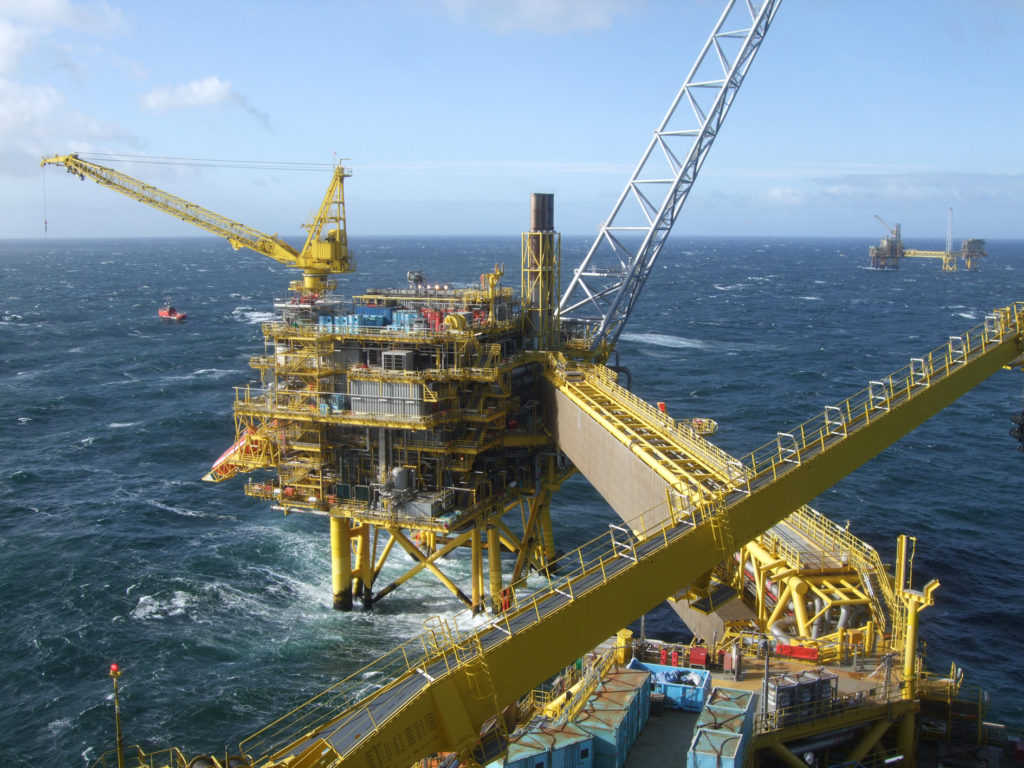Orcadian Energy is amongst the three winners that are sharing a £1 million prize for investigating options into innovative solutions to help cut greenhouse gas emissions in the drive to electrify platforms in the North Sea. Enertechnos will be supporting Orcadian with this project and our innovative Capacitive Transfer System cable technology will be incorporated into these plans for electrification. The competition for the electrification of offshore oil and gas installations was launched by the Oil and Gas Authority (OGA), in partnership with BEIS to fund technical and commercial studies on offshore electrification on the UK Continental Shelf as part of the North Sea Transition Deal outcomes.
The project run by Orcadian Energy for the OGA aims to pull together the most cost-effective solution to decarbonise the Oil and Gas Fields in the Central North Sea and accelerate the transition to Net Zero. Based on local floating wind power generation, with built-in back-up power, the aim is to develop a Medium Voltage (MV) island distribution grid to minimise modifications to the platforms and to modularise the process in easier and more manageable chunks.
The OGA notes that: ‘Power generation accounts for over 70% of oil and gas production emissions. It is anticipated that powering installations using electricity, from a cable to the shore or from a nearby windfarm, could lead to a reduction of 2-3 million tonnes of CO a year – equivalent to the annual carbon emissions from households in a city the size of Liverpool’.
Enertechnos’s role in this project is to investigate the best approach to distribute the required power to enable electrification of the platforms, first reducing, and then removing the need to burn natural gas to create power. Enertechnos will apply its expertise in developing low loss power distribution technology in assessing the best configuration of cable options to achieve these aims.
The Enertechnos CTS technology allows lower voltage drops and lower losses in distribution systems. These attributes and the properties of the CTS will be evaluated across the system to assess its inclusion as part of the optimisation process to improve the performance of a conventional cable grid.
—


